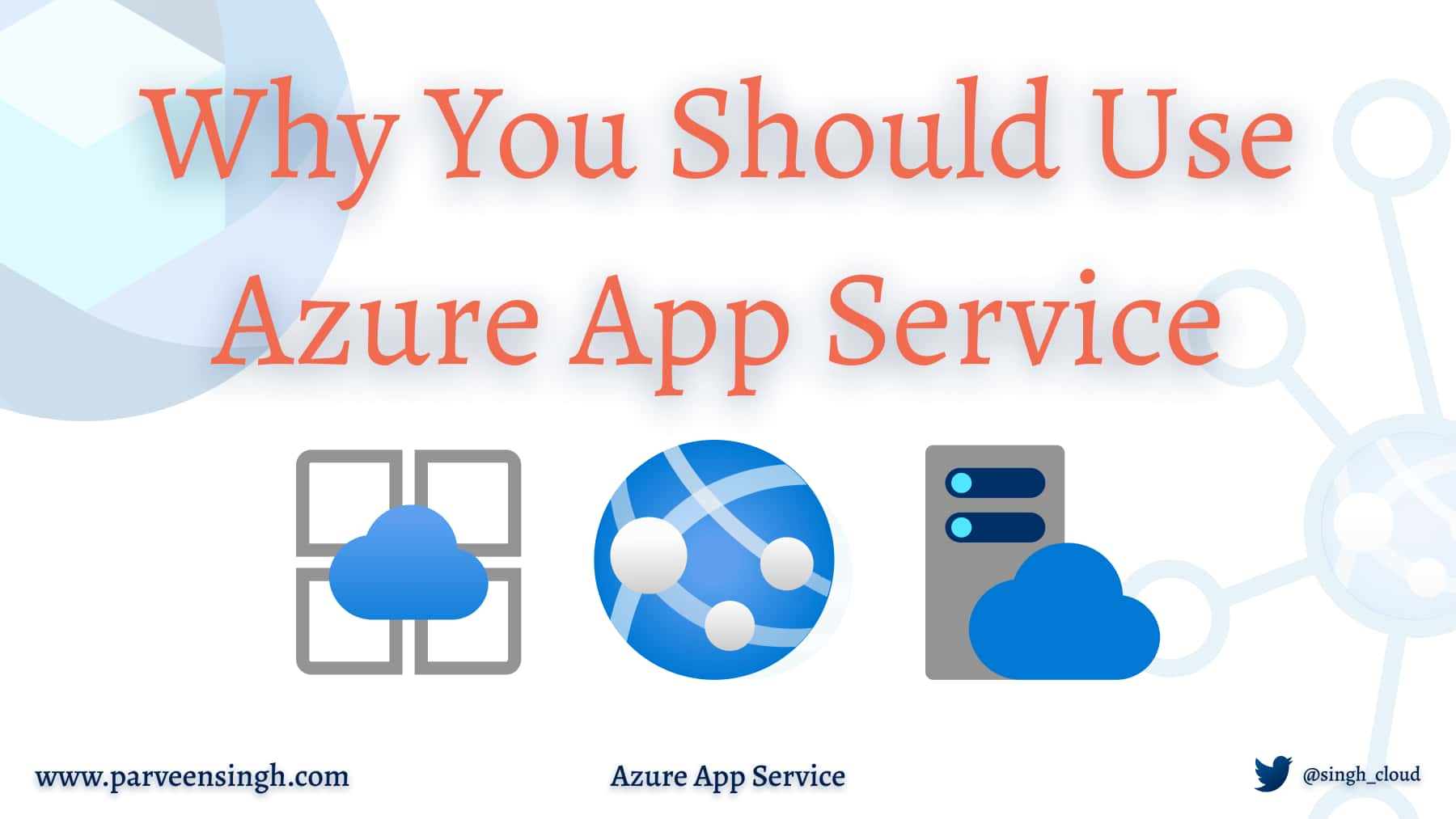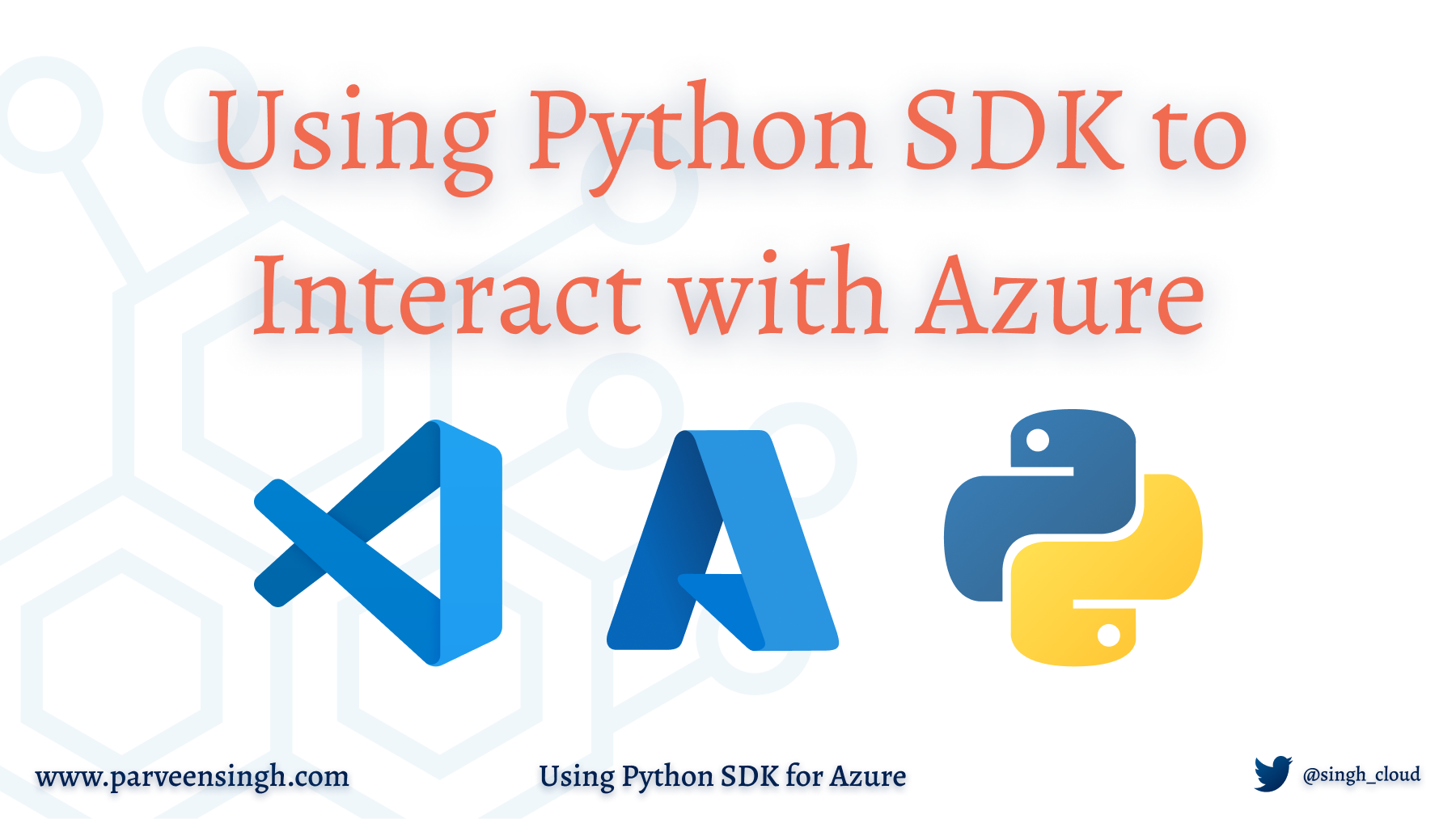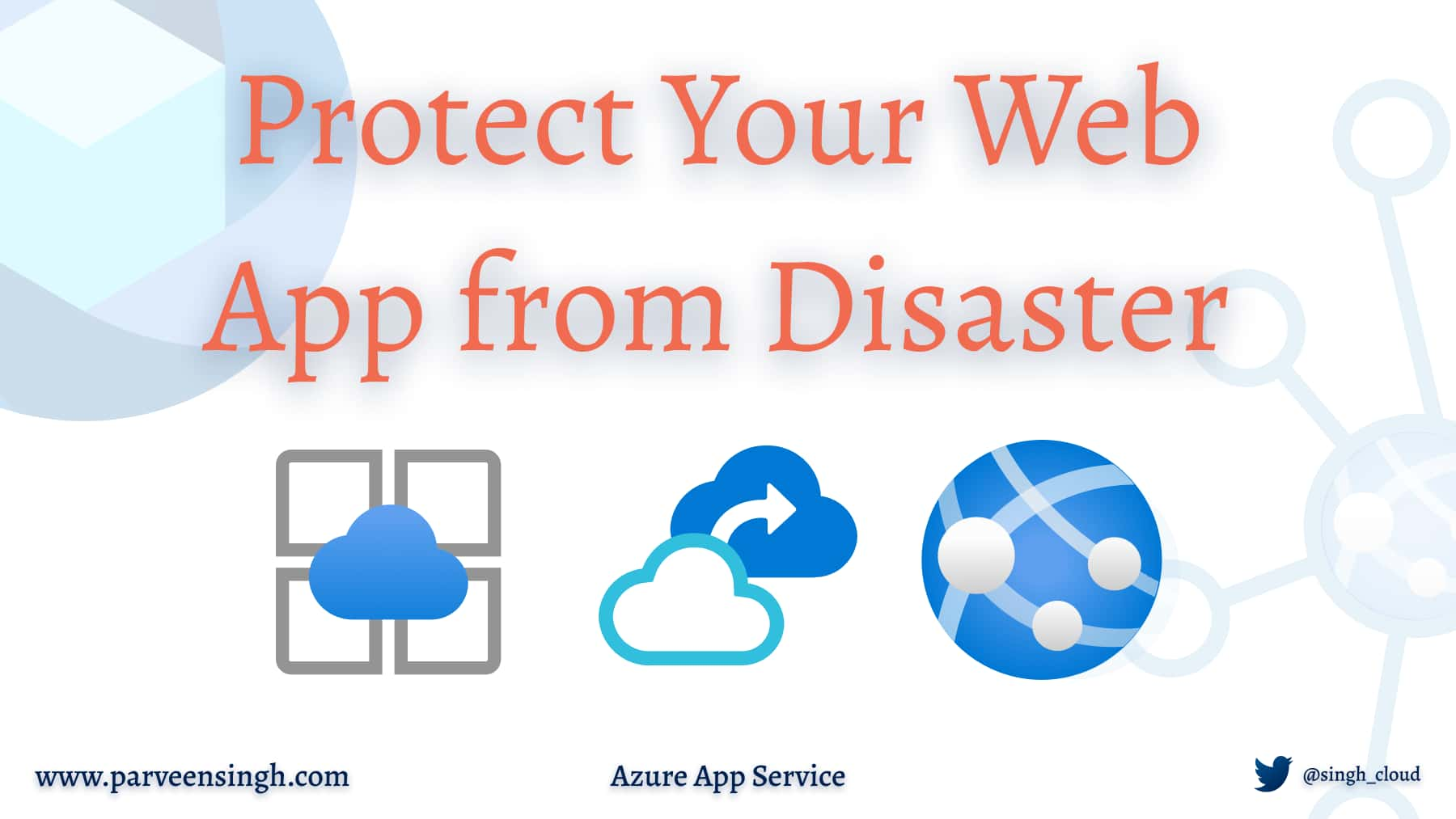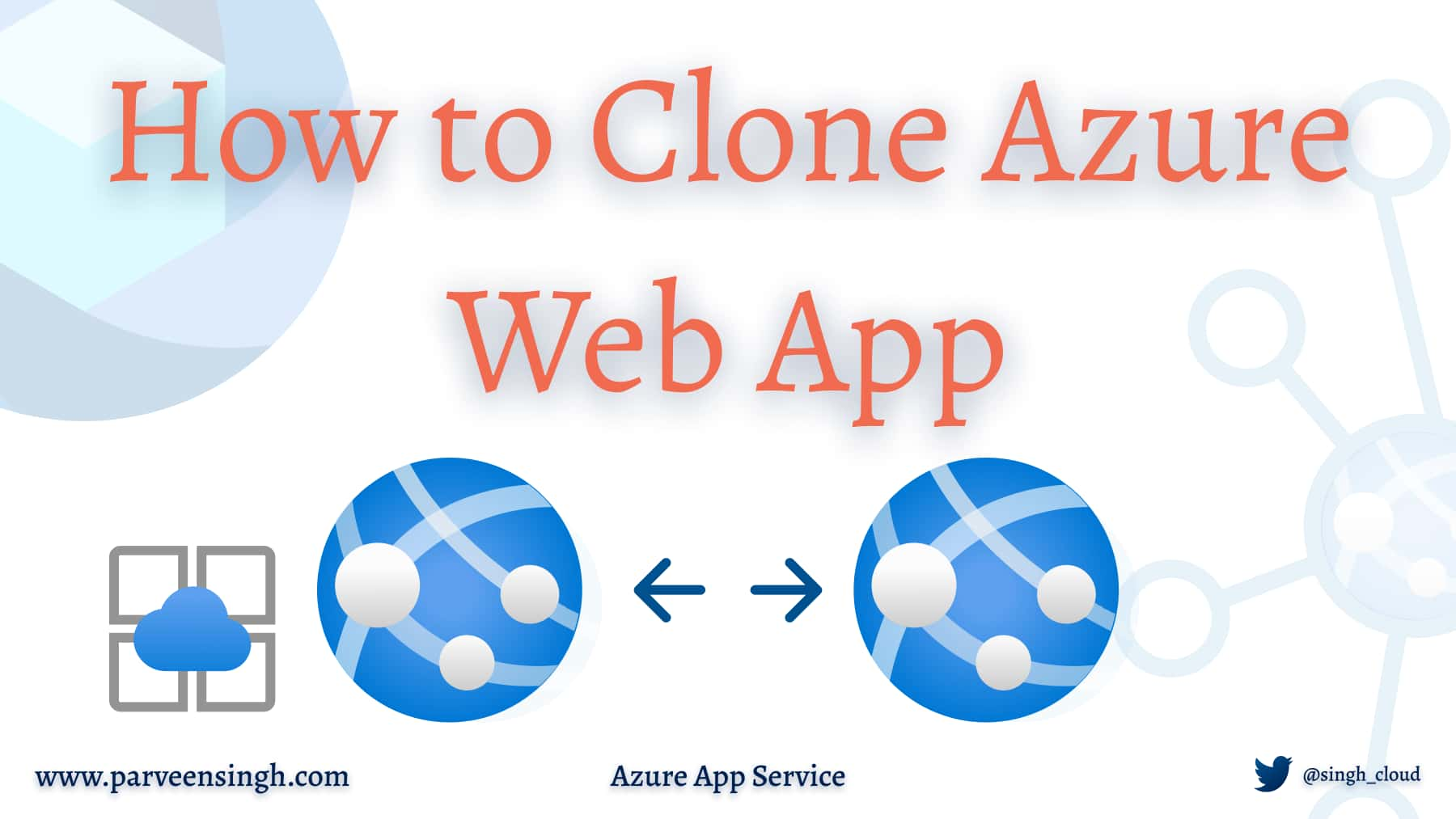This is the seventh article in the “Getting Started with Azure App Service” Series where I publish in-depth tutorial and walkthrough on using Azure App Service and best practices every week. In the last article, we talked about how you can use CosmosDB with NextJS on Azure App Service
Azure platforms offer multiple cloud services including support for different programming languages, tools, and structures to help enterprises in their cloud journey. Azure App Service is one of the offerings that allow organizations to host their web workloads in a scalable and reliable fashion.
Azure App Service is a fully managed Platform as a Service (PaaS) that provides you with the tools and services needed to create reliable and scalable mission-critical Web Apps, Mobile Apps, API Apps, and Logic Apps in a single instance. It takes away your management of the host and lets you focus entirely on building your application for performance.
With the ability to develop and deploy enterprise-ready web applications, it provides powerful DevOps capabilities such as continuous integration with Azure DevOps, GitHub and Docker Hub, stage management, custom domain, and TLS/SSL. You can always integrate the app service with your on-premises resources if ever needed.
Check out some of the key features of App Service:
- Multiple languages and frameworks – App Service support ASP.NET, ASP.NET Core, Java, Ruby, Node.js, PHP, or Python. You can always run WebJobs on your web app using PowerShell or other scripting languages.
- Managed production environment – App Service is fully managed resources that take away your effort to manage, patch, update, or upgrading any underlying OS. You can spend time writing great apps and let Azure worry about the platform.
- Containerization and Docker – Does the code work on your machine only? Dockerize your application and publish it on App Service. You can run multi-container apps with Docker Compos.
- DevOps optimization – You can set up continuous integration and deployment with Azure DevOps, GitHub, BitBucket, Docker Hub, or Azure Container Registry. This allows you to deploy your application directly using CI/CD.
- Global scale with high availability – Being a managed resource, you get the ability to scale up or out the app service resource manually or automatically. App Service allows rules to trigger the scaling for your application based on its workload metrics.
- Connections to SaaS platforms and on-premises data – App Service allows you to choose from more than 50 connectors for enterprise systems (such as SAP), SaaS services, and internet services (such as Facebook). You can also access your on-premises data using Hybrid Connections and Azure Virtual Networks right within the application settings.
- Security and compliance – Authentication with Azure AD and other third party authentication service make it easier for you to leverage the feature with very little change in your application code.
- Application templates – If you are getting started, choose from an extensive list of application templates in the Azure Marketplace, such as WordPress, Joomla, and Drupal with very little to zero experience of deploying web apps.
- Visual Studio and Visual Studio Code integration – Do you love working with Visual Studio tools? You can use Visual Studio or VS Code to create, deploy, and debug your application in real time without any additional setup.
- Serverless code – Serverless fan? App Service got you! You can run code snippets or script on-demand without having to explicitly provision or manage infrastructure and pay only for the compute time your code actually uses. Check out Azure Functions or Logic App for more information on how to achieve that.
Conclusion
Start using Azure App Service today and explore the feature to see what works best for you! If you are looking for more information, check out the other articles in the series and get started with App Service.
References
If it’s your first time here, please check out other articles in the series:
Part 1: Up and Running with Azure App Service
Part 2: Continuous Deployment for Azure App Service
Part 3: Using Deployment Slots with Azure App Service
Part 4: Setup Custom Domain for Azure App Service
Part 5: Deploying Next.JS App on Azure App Service
Part 6: Next.JS App with Cosmos DB on Azure App Service
Part 7: Why Should You Use Azure App Service?
Part 8: Easy Auth for Azure App Service
Part 9: How To Clone An Azure Web App?
Discover more from Parveen Singh
Subscribe to get the latest posts sent to your email.





